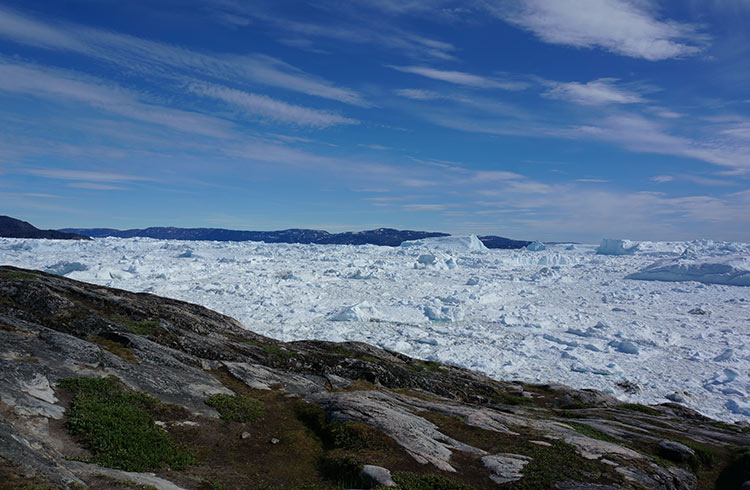
Ilulissat must be one of the world’s most spectacularly situated towns. The jewel-coloured houses and glittering harbour of Greenland’s third-largest city have as their backdrop the vast Jakobshavn glacier. 35 billion tonnes of icebergs pass through Ilulissat's icefjord each year, calved from this glacier into Disko Bay. The largest outside Antarctica, Jakobshavn glacier is a panorama-defying 55km in length and shifts 19m each day, creating one-tenth of all Greenland’s icebergs. Seeing the glacier only takes a 40-minute hike from the centre of Ilulissat. The blue hiking trail, clearly marked along the coast, is the most accessible pathway to great views of this Unesco World Heritage sight.
Wear quality hiking boots as the trail is rocky in places. Keep a distance of 20m from the shore, especially where you see warning signs; even a distant iceberg calving can produce waves high enough to knock you into the water.
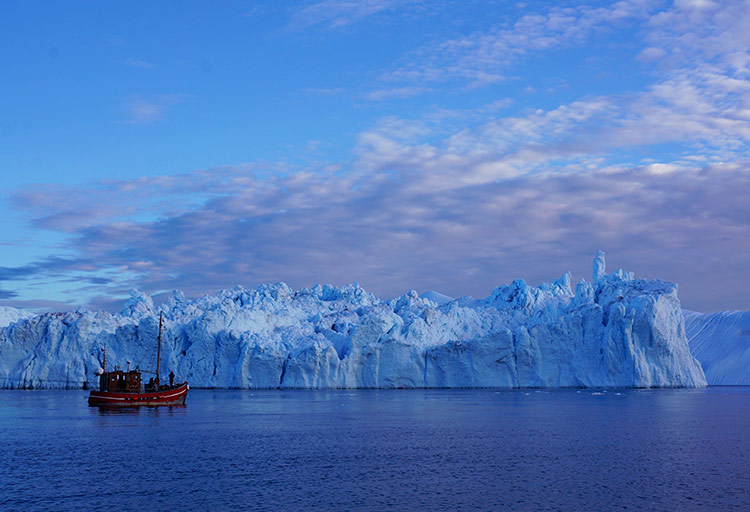
Get even closer to Ilulissat’s glacial playground on a boat trip. Bergs as big as 4x4s crowd Ilulissat’s icefjord in their hundreds; some exceed 100m in height, dwarfing the boats cruising around the bay. From deck you’ll see blocks of ice in fairytale shapes, sculpted by the waves, bobbing past and toppling over. These ancient icebergs seem to mushroom out of the water, glowing lavender and cornflower blue under summer’s permanent daylight.
Choose a midnight sailing trip to watch bergs glow blue and gold under a sun that only ever dips ever-so-slightly before the new day begins (check tour times on worldofgreenland.com/en/boat-trips-in-the-disko-bay) .
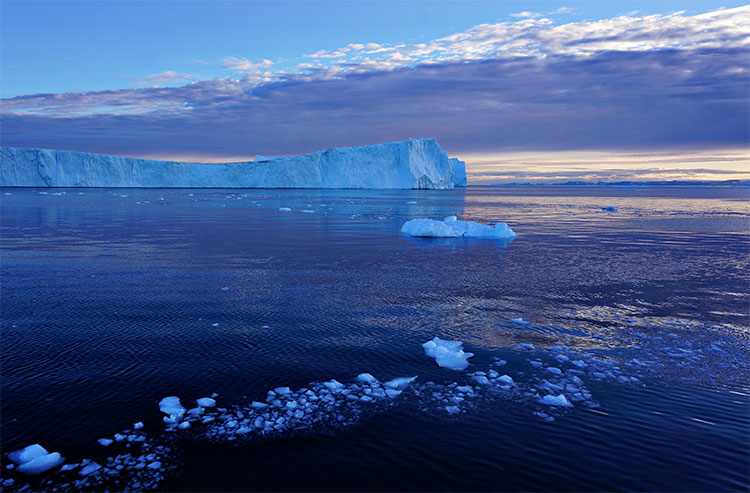
In the Arctic north, the summer sun never sets. Exploring Greenland from June to August means long, surreal days so fuel up with some notoriously potent Greenlandic coffee (that means a dash of whiskey, Kahlúa and Grand Marnier) and embrace the havoc permanent daylight plays on your body clock. You’ll find yourself wild-eyed and exhilarated by the unending days, but pack some blackout eyeshades. Rapt as you’ll be admiring the harbour twinkling under the midnight sun, you will need to sleep. Eventually.
If you’re hiking late, be sure to let your hotel know where you are heading and what time you’re expected back.
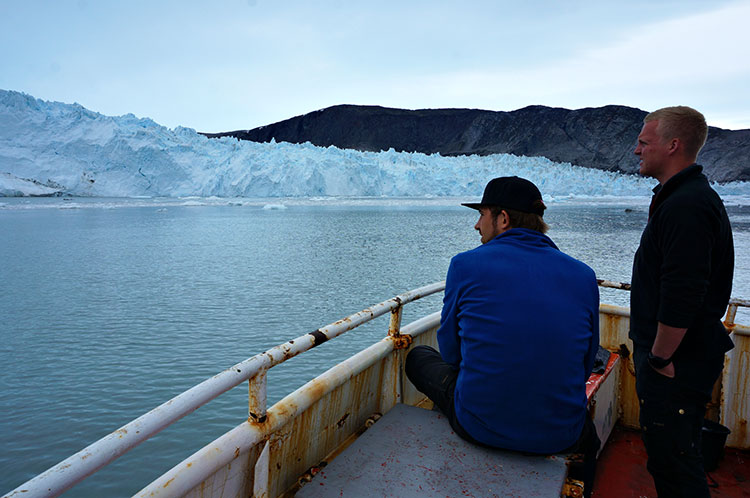
Five hours by boat from Ilulissat lies Eqip Sermia, a calving glacier 4km long. After sidling up the Ataa strait, vessels churn through the ice-clogged water as close as is safe to its frosty face. The grind of icebergs against the boat’s metallic hull, and the champagne hiss of air bubbles leaving the floating ice, is an eerie soundtrack - but it's the glacier's activity that truly thrills. Watch closely to see swathes of ice collapse from the glacier face into the water (if you hear the thundery grumble first, you've missed it). Keep an eye out for wildlife, too: curious seals are often seen popping their heads above the water after the rumble of a glacier calving.
Seeing Eqi glacier is possible as a long day-trip (only for those with good sea legs); hikers and solitude seekers will want to stay overnight to roam the surrounding wilderness.
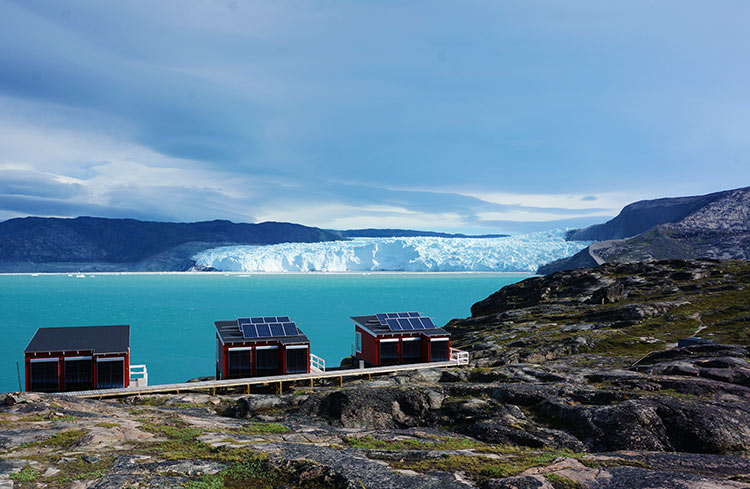
Journeying all the way to Eqip Sermia, you’ve followed in the intrepid footsteps of French Arctic explorer Paul Emile Victor (though he’d have envied the hot coffee and on-board lunch). So why not disembark at Port Victor and stay a while in blissed-out solitude? At Glacier Lodge Eqi you won’t be troubled by the trill of a mobile phone. Busy-thumbed social media addicts might take time to adjust but soon you’ll be hiking to the lagoon, gazing out at the glacier and recounting the day’s mosquito kills over a beer in Cafe Victor, the camp’s convivial eatery.
Boats to Glacier Lodge Eqi are daily - book accommodation and transfers in advance, and bring tinned food if you don’t plan to eat in the cafe.
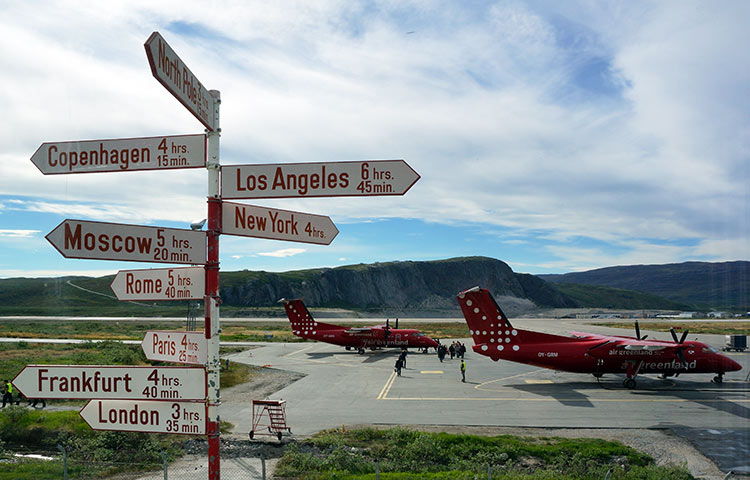
If you weren’t already feeling tiny against Greenland’s looming icebergs and glaciers, taking to the air will make you shrink even further in your own perception. From a plane, Greenland’s vastness (it’s the world’s largest non-continental island) and emptiness (it has the world’s lowest population density) come sharply into focus. Thrillseekers should strap in on a pleasure flight over the Ilulissat icefjord (try Air Zafari; worldofgreenland.com). But the outstanding aerial views on internal flights are equally inspiring.
Travel by small aircraft is a necessity if you want to visit more than one Greenlandic town. Queue early for a window seat (Air Greenland’s internal flights have unassigned seating) and prepare to grip the armrests as arid valleys unfurl below.
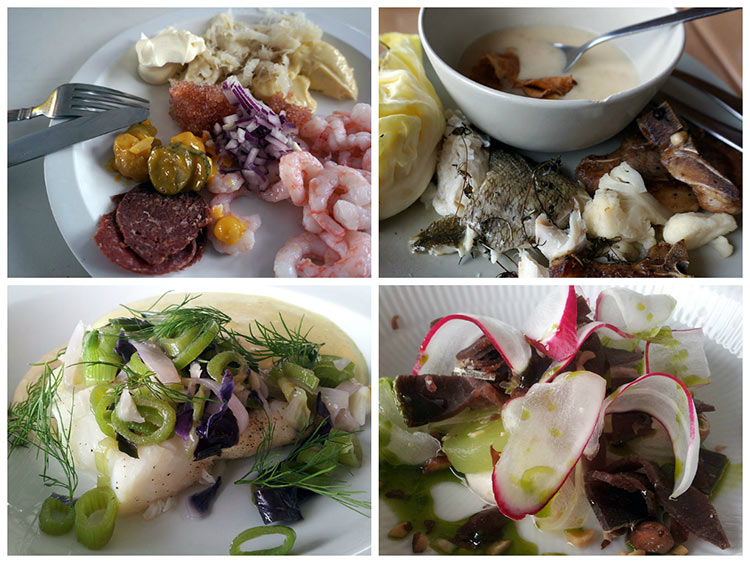
Seafood, wild game and berries are the staples of Greenlandic cuisine. Supermarkets overflow with imported Danish cheeses, salamis and overpriced fruit, but eating locally will take you enjoyably out of your comfort zone. Make room for the lingering smoky flavour of muskox and let your tastebuds pop at some of the freshest halibut and salmon roe you’ll ever try. Aromatic angelica root and foraged thyme add zing to butters and sauces, while crowberries garnish everything from meats to desserts. Vegetarians will find their options more limited but meat-free diets are better understood than in previous years. Be clear about what you can and can’t eat, as veggies can be misunderstood as pescetarian in marine-heavy Greenlandic eateries. Start your gastronomic odyssey at two of Ilulissat’s best restaurants, Ulo and Mamartut .
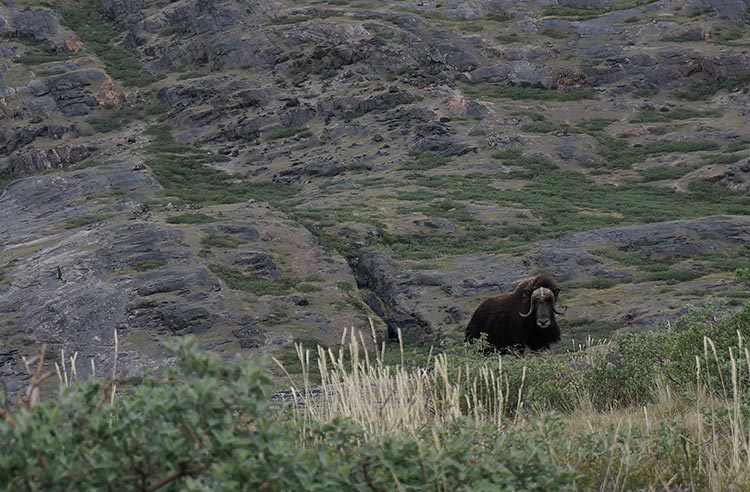
Travellers take to Greenland’s coast to watch whales but you’ll need your binoculars inland, too. Chancing on a herd of huffing muskoxen, shaggy Arctic mammals named for their distinctive whiff, can set your pulse racing. It’s no coincidence that muskoxen evoke a distant Ice Age, with their high-set horns and huge bodies (up to 900lb) carpeted in thick hair; they have trodden the tundra for more than a million years. They are found around Greenland’s southwestern and northwesterly coast, as well as the hills surrounding Kangerlussuaq, the country’s main airport hub (and an easy hop by plane from Ilulissat).
Sightings along roads are common, but maximise your chances by hiking with an expert guide, such as greenlandoutdoors.com. Muskoxen are the main event but hikers also stand a good chance of spotting Arctic foxes, snow hares and caribou.
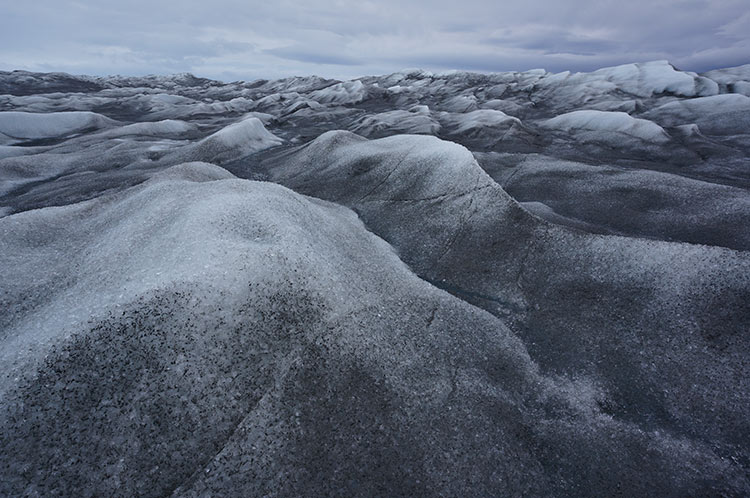
Creeping up on wildlife isn’t the only draw in remote Kangerlussuaq (pop. 512). This tiny town allows easy access to the vast Greenland ice sheet (second in size only to Antarctica, the world’s largest expanse of ice). Travelling northeast from the town towards the Isunngua highlands, the landscape changes abruptly from meadows carpeted with purple willowherb to a seemingly endless icy expanse. This change marks the meeting point between the Greenlandic coast - which is liveable, despite its harsh climate - and the forbidding ice sheet covering 80% of the country. Clambering over the ice, pock-marked with pools of summer meltwater, is an unearthly experience. On a still day the only movement is the trickle of meltwater in the cap's frozen furrows.
Choose an experience based on your comfort level, from easy afternoon hikes to two-day camping adventures; get ideas on wogac.com/greenland-ice-cap.
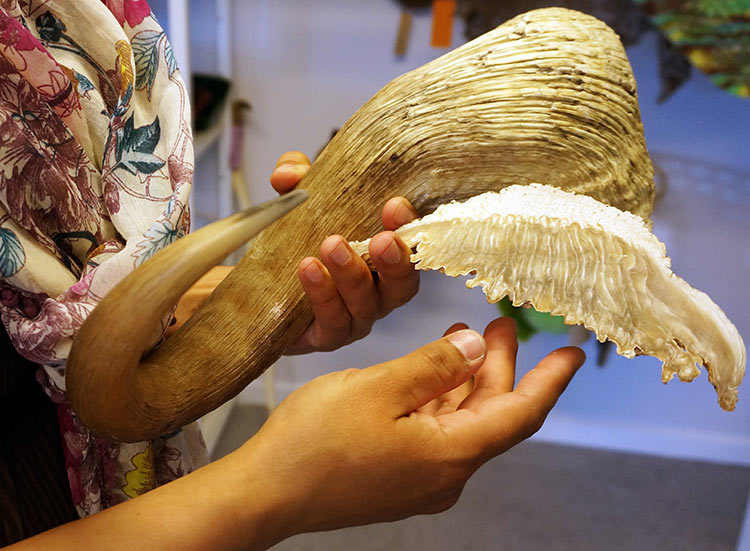
Greenlandic life follows nature’s tempo. In summer’s permanent daylight, Greenlanders work and socialise into the early hours, hunt, and busily bottle crowberries. Harsh winter weather sends Greenlanders indoors, and the freezer stocked with summer game becomes the season’s food source. Nature’s bounty is given the greatest respect; wastage is minimal. This naturalism is evident across Greenlandic culture, most strikingly in local handicrafts. Small boutiques throughout Greenland sell clothing and accessories spun from muskox wool or carved from muskox or caribou horn. Raw materials are scavenged from the land, or are by-products from animals hunted for food by Inuit people.
“With the muskox, you can use the whole animal,” says Nini Frydkjær Holstebro, who creates clothing, jewellery and ornaments out of natural products for her shop, Butik Frydkjær, in Kangerlussuaq. “It provides meat, you can use the skin, the wool and the bones and the horn...you use the whole thing and nothing goes to waste.”
Splitting a trip between Ilulissat and Kangerlussuaq gives you easy access to all these experiences and more. Air Greenland flies to Kangerlussuaq direct from Copenhagen, Denmark. You can also fly from Reykjavik, Iceland via Nuuk, Greenland’s capital city. Allow a couple of days in Kangerlussuaq for hiking, wildlife watching and exploring the ice cap before hopping aboard an internal flight to Ilulissat for sailing, whale watching and the World Heritage ice fjord.